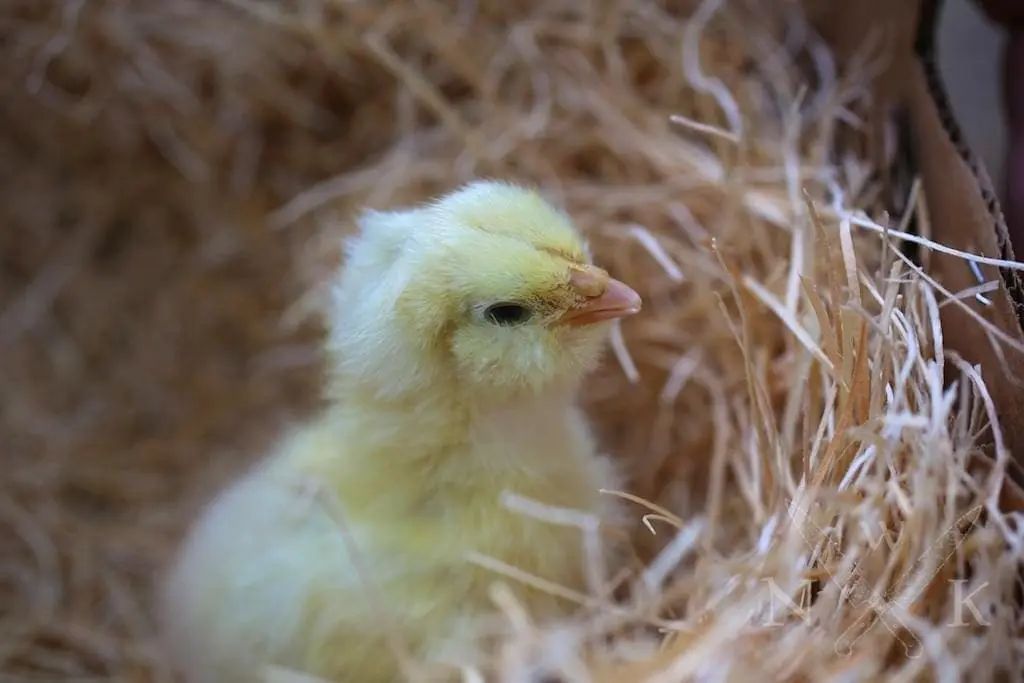
Dear reader, or indeed, readers: You may, singularly or en masse, have become increasingly concerned at the startling lack of chicken-related news in this blog. It is possible, but admittedly not likely, that you are of a nervous disposition, and have been unable to reconcile the existence of a “Chickens” menu with the non-existence of any news or updates regarding them. Well, my anxious friend, this post is for you.
We started out almost exactly two years ago with four red sex-link pullets. Since then, we have gained two Ameraucanas – one of which turned out to be a rooster and had to be “returned to the farm”. I don’t know why I put that phrase in quotes, he literally was returned to the farm. To, you know, “live out his life in the paddock”. What? It’s the quotes, they make everything look suspicious. Anyway, the farmer promised to “take care of him”, so I’m sure everything’s fine. Just fine.
Anyway, two of the red hens have since died, which left us with three hens. The Ameraucana lays a sea-green-shelled egg, which would be lovely except that she has chosen to do so in the middle of a six-foot-high pile of brush which is, genuinely, on my to-do list to clear out of the garden. One of the others has a tendency to lay thin-shelled eggs, which go bad easily (despite having free reign in the yard with its abundant grit). So right now we’re getting one good brown egg a day. If we ever wanted to have one of those ridiculously attractive baskets of multi-colored eggs, we would need to upgrade our flock.
So we ordered a new batch of chicks – yes, actual chicks! – shipped out in the mail when they are but one day old, and delivered at the post office in a goddamn basket with pretty bows on their heads. Okay, there weren’t any bows, but there might as well have been. It was that damn cute. The classic Easter chick in the picture above is a Salmon Faverolles, who will mature with a beard and feathered legs and feet. We also have: a Cream Legbar, who will lay blue eggs like the Ameraucana; a Silver Cuckoo Marans, who should lay dark, almost chocolate-brown eggs; and an Olive Egger, who should do exactly what she says on the tin. And here they are in all their tiny fuzzy glory, in the basement, in a puppy crate.
We’ll keep them under a heat lamp at 95F for a week, then down to 90F for the next week, and so on for around 6 weeks. They can transition slowly to the outside world, and will need to integrate with our older hens. With luck, they’ll all be friendly by the time the winter weather hits, since they’ll need to snuggle up to stay warm in the coop.
Oh! I almost forgot. I’m going to Periscope their progress. You can follow me/subscribe @slightly99.
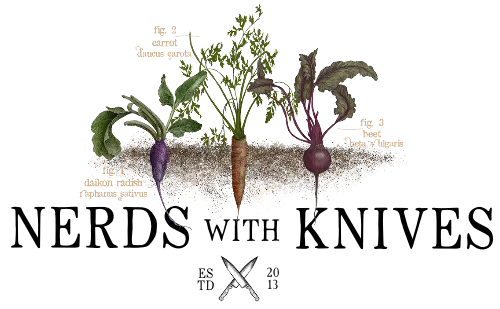
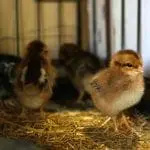
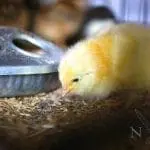
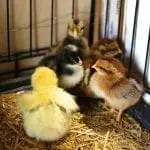
I love those sea green eggs!